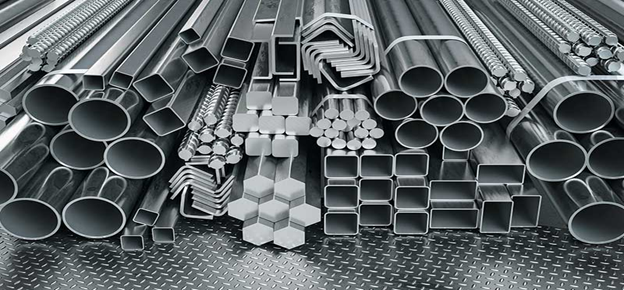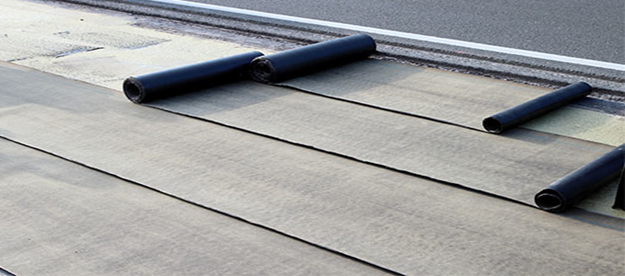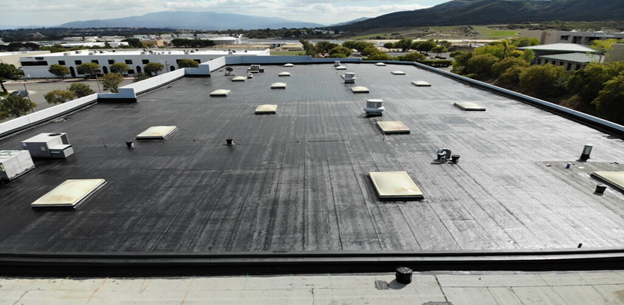One of the most important parts of a commercial structure is its roofing material. As owners of any business structure, they must ascertain that whatever supplies are selected will complement the architectural style of their property. Not to forget that it must also offer durability, comfort, and effectiveness all at once.
Remember that this is essential for shielding people, assets, and companies from weather-related hazards. This means that, as owners, we have to ponder the factors that will affect our decision on what commercial roofing systems to install. As there are many variables, types, contractors, and time involved in this procedure, it would be best to proceed slowly but surely when working with service providers.
These roofs are available in a variety of styles, each custom-made to fit the requirements of the structure and your allocated funds. You may want to install a type that allows for simple access for routine maintenance that’s necessary when preserving the condition of the roofing system. However, you need more information to help you make that selection if you’re still having trouble deciding which material is best for the business structure.
Introduction to Commercial Roofing
When it comes to safeguarding property, they essentially serve the same purpose as residential ones. But, in terms of the materials utilized in construction and installation, they differ greatly.
These can be formed out of shingles made of asphalt or concrete tiles, depending on the type of weather. They can also be composed of single-ply materials like TPO, PVC, or EPDM, concrete, bitumen with modification, BUR, tar and gravel, and a lot more.
In comparison to homes, there are more choices accessible to clients. Therefore, to ensure results, do your homework and select a reputable contractor that provides a wide range of services.

Materials and Modern Technology
The latest developments in business roofing technologies are kept up to date by contractors. They also know which solution will work best given the requirements of a certain project at hand.
New materials for business roofs have been available recently. These offer superior resilience to temperature fluctuations and maximize energy efficiency, which helps lower rainfall runoff and energy costs associated with heating and cooling mechanisms.
There are things to take into consideration when deciding what kind of roof your company will require. Because specific preparation is needed, you must also remember to take whatever kind of facilities you are dealing with into account. Thus, learning about the various roofing systems on the market will assist you in making a wise decision.
Shape
It’s critical to deal with the roof’s slope; see https://www.nachi.org/roof-slope-pitch.htm for more details. They belong to a class:
- Flat or Low Slope: These are typical in retail centers, big box stores, and warehouses. There are various prospects for this, such as TPO, EPDM, and PVC.
- Steep Slope: These are less common in commercial areas and increasingly prevalent in either single or multi-family houses. Popular materials for this include slate, tile, metal, and shingles.

Types
You can now choose the type of roof that best suits your company’s requirements after determining its slope. The most popular commercial roofing systems are highlighted here as well.
Single Ply
These are made of TPO material, EPDM, and PVC, among others. They are very durable and flexible materials that are favored by numerous building proprietors. That’s because they don’t peel or break from various types of weathering as it occurs
One of their primary features is that they are made to fit into a single layer. The single-ply industry divides membranes into two primary categories: thermoset and thermoplastic.
Thermoplastic Polyolefin
On low slopes, this material is most frequently utilized. It consists of highly reflecting, strengthened sheets with heat-welded seams. TPO is a single-ply cell that is usually made of polypropylene and rubber and was initially polymerized chemically from ethylene and propylene.
TPO is a type of thermoplastic membrane that is available in many colors, such as tan, white, and gray. There are multiple ways to install the membrane: ballasted, adhered, or mechanically affixed.
Polyvinyl Chloride
This is made up of two PVC layers separated by a scrim comprised of polyester reinforcement. Additives in the top ply provide the membrane with its UV resistance feature. Usually darker, the bottom layer has plasticizers added to it for flexibility, thus, making installation simpler.
A PVC membrane’s endurance, durability, and fire resistance are additional advantages. Furthermore, PVC can be joined to a neighboring sheet to create a waterproof seal.
Ethylene Propylene Diene Monomer
It is notable for being robust and elastic. EPDM uses a substance that is incredibly resilient to the sun’s damaging sunlight and continuous blast of ultraviolet (UV) rays.
Because EPDM rubber is inexpensive and has strong resilience, it is extremely popular. It is a kind of artificial rubber made of oil and natural gas.
Modified Bitumen
It blends a special chemical polymer for flexibility and resilience to temperature with asphalt. It can be applied in a variety of ways and in several layers. It may be installed during any of the four seasons because it is suitable for both hot and cold climates.
To create a strong connection, the seams are fused. They are resistant to breaking throughout severe weather since they are rated against fire, wind, and hail.
Built-Up
It consists of three to five layers for increased protection, particularly in harsh weather with considerable temperature swings.
Metal Roofs
Distinguished for its durability, longevity, and beauty. Applicable to steep and low-slope varieties. Nowadays, buyers choose these over others because of their greater longevity and resilience. Check this out to learn more.
Green Roofs
Although they can enhance air quality, they are not appropriate for every area. Even so, they can be quite beneficial when implemented. In addition to providing pleasant areas for both humans and animals to enjoy, this also helps lower energy bills by absorbing storm water, potentially reducing the need for elaborate and costly drainage mechanisms.
Liquid Applied Roofing
Using polyester reinforcement and resin, it is built in spot. It provides enhanced waterproofing capabilities. It is frequently applied with a roller or sprayed on in two different coats.
Related posts
Categories
Recent Posts
Advertisment


